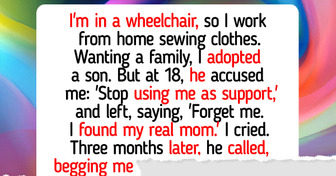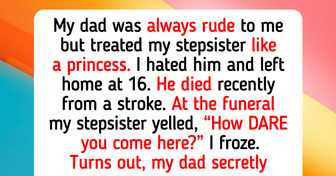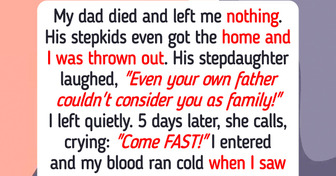15+ Mothers-in-Law Who Can Turn an Ordinary Day Into a Comedy Show

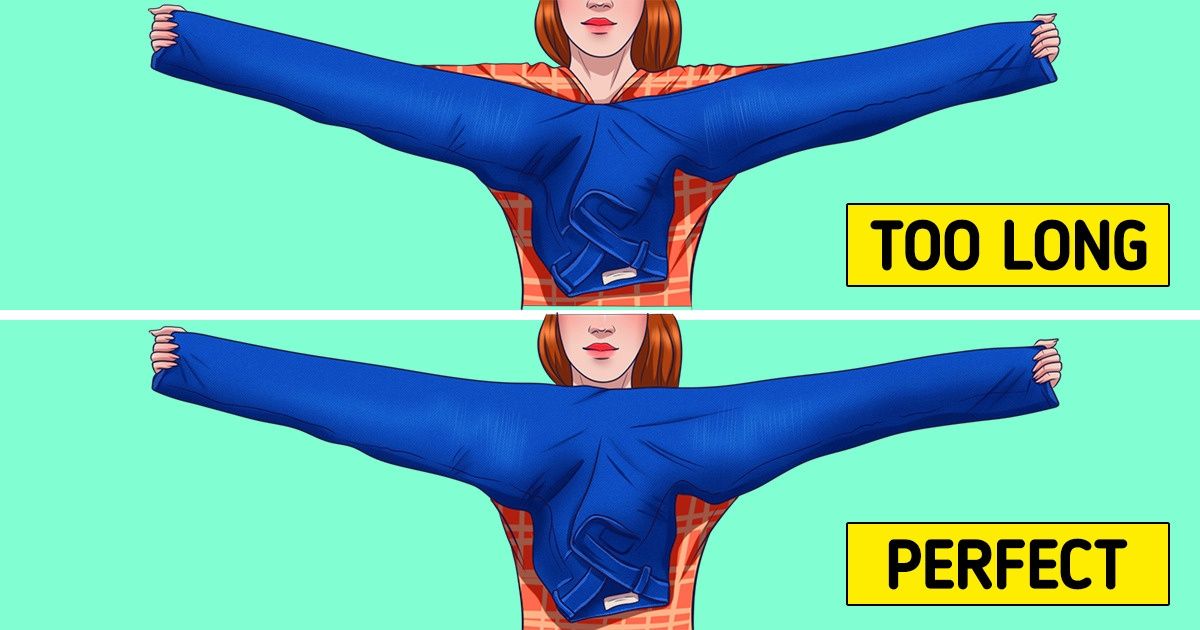
When jeans first appeared, they were an alternative to the far more popular “waist overalls.” But today, almost everyone has this clothing item in their wardrobe, and in most cases, far more than one pair. Despite their accessibility, it’s still quite difficult to choose the right pair of jeans — they can easily lose their shape or run too big or small. So eventually, we end up feeling frustrated and upset.
Bright Side figured out how to choose the right jeans in order to stay away from unnecessary spending, tears, and even a visit to the fitting room.
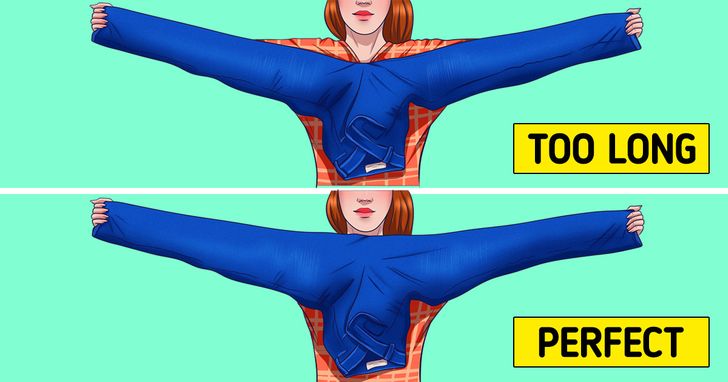
The last thing you want is to buy a nice pair of jeans only to realize they’re too long or too short. So it’s necessary to check its length by holding the edges and stretching your arms to the sides. It’s considered ideal to have the middle part of the jeans fall right under your chin at the neck level.
In order to find out whether jeans will fit you by size, it’s not necessary to stand in line for the fitting room. All you need to do is button them and apply them to your waistline from the navel to the spine. If the jeans fully cover this distance, then this is your size. The method works for most body shapes, but it’s not universal, so you need to take into account individual features as well.
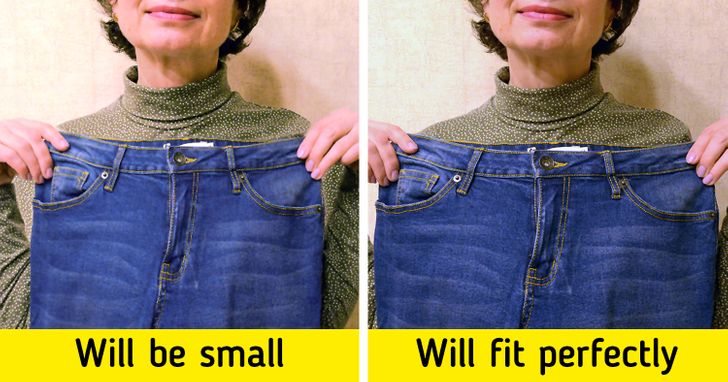
You can understand how jeans will fit your hips without unnecessary try-ons. To do this, find the widest part of the jeans in the hip area and apply them to your shoulders with this part. If the jeans are a bit wider than your shoulders, they will fit you perfectly.
If the jeans are way narrower or wider than the span of your shoulders, it means they’re not your size. These jeans will be too tight or, on the contrary, look too saggy. This method is suitable for those whose shoulders and hips are in proportion to each other. For those whose shoulders are narrower than their hips, or vice versa, the method may not work.
Many people hunt for cotton-made jeans. However, if the pair is comprised of 100% this material, they won’t last for too long. Once you sit for a while in jeans like these, they’ll start losing their shape and begin to stretch. That’s why jeans’ composition should have elastane in it, and its amount depends on the particular style of the jeans.
The generally accepted amount of elastane is 2%-3% for classic-style jeans and 10% (of either elastane or lycra) for tighter jeans, like skinny ones. Otherwise, they can stretch in the knees and sag in the hip area. In this case, washing your jeans won’t bring back their initial shape.
Most often, denim has a right-hand twill — the fibers of the fabric are directed diagonally to the right. The left-hand twill exists too. The latter is a very good option because threads are directed to each other and converge in the center of the leg, which prevents the legs from twisting while you walk.
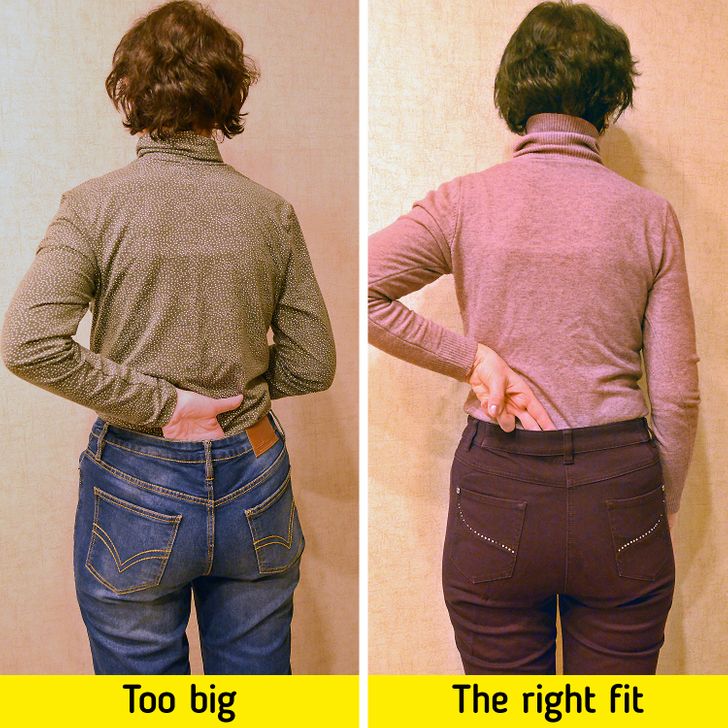
When choosing jeans, it might be hard to determine the right size for your waist. There is a simple method you can use to find it while in the fitting room. If 1-2 fingers can fit comfortably behind the waistline of your jeans, it means the size is perfect for you. If you can put your entire palm through this space, it means the jeans are too big for you. If you can’t even get your fingers behind the waistline, you’d better not buy this pair, otherwise, they’ll press into your tummy when you wear them.
In order to choose the right pair of jeans and not regret the money you spent on them, try on a new pair with the shoes you intend to wear them with. It will help you understand how open the heel and the toe part of your shoes are as well as assess the length of the jeans’ legs and the overall look. By the way, the length of the legs of the jeans depends on the style. For example, flared jeans are usually quite long — the distance from the floor to the edge of the leg should be about 0.5 to 1 inch, while skinny jeans should only reach the ankle.
The style of the back pockets plays an important role. If you have a plump body shape and don’t want to enhance it, then you’d better say no to any embroidery, flaps, or other details on the back pockets. On the contrary, if there’s not enough volume to your backside, these elements will easily add some.
This parameter also depends on the silhouette and model of the trousers. However, if the trousers are cropped, make sure that the leg is not overly wide. In this case, it will visually reduce your height and “cut” your proportions. The wider the hem of the jeans is, the more voluminous the body shape will appear. It’s better if the trousers are a bit wider than the legs.
What style of jeans do you prefer? What do you wear your favorite denim items with?

